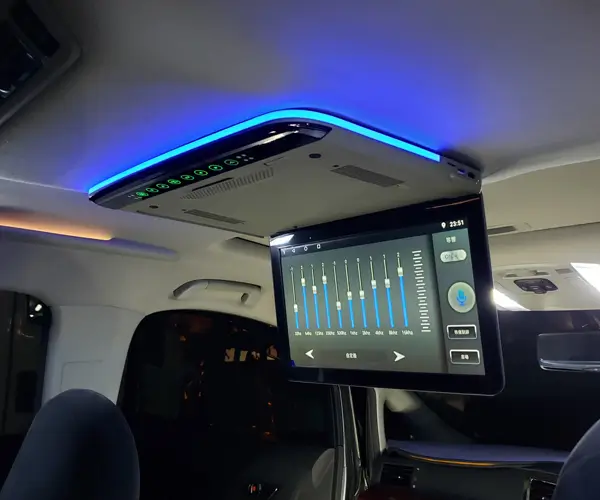Imagine building a puzzle, but instead of a single picture, you’re crafting a collection of smaller, interconnected scenes. That’s kind of what a microservices architecture feels like—little independent pieces working together seamlessly, especially in a Spring Boot project.

Spring Boot has made developing microservices look almost effortless. You get a lightweight framework, tons of integrations, and a structure that encourages modularity. Think of it as owning a set of LEGO bricks—you can snap together different services, each doing its own thing, but all fitting perfectly into a bigger picture. Want a service to handle user authentication? Easy. Need another one to monitor system health? No problem. Each piece is designed to be independent, making updates or scaling a breeze without breaking the whole system. That’s the beauty of microservices—they allow for agility and resilience.
So, how do you avoid chaos? How do you keep track of dozens of moving parts? Enter Kubernetes and Docker, often paired with Spring Boot microservices. They help manage deployment, scaling, and even rolling updates. Imagine pushing a button and watching parts of your system upgrade without downtime—pretty satisfying, right? You’re not just building an app; you’re cultivating an ecosystem where each microservice lives independently but collaborates smoothly.
Running a microservices project isn’t just about technical prowess—it’s about strategic planning. For example, breaking down monolithic structures into dedicated services means more flexibility but also demands meticulous orchestration. What happens when one service fails? Systems like circuit breakers or fallback mechanisms kick in. It’s like having a safety net that catches your project if one piece drops.
But let’s be honest, nothing comes without its quirks. Managing dozens of microservices adds complexity—logging, tracing, maintaining consistency. Yet, the payoff is substantial. Faster iterations, tailored scaling, easier troubleshooting. When everything clicks, it’s like a symphony, each instrument playing its part perfectly.
Thinking about adopting microservices with Spring Boot? It’s not just a buzzword. It’s a way to future-proof your applications. Imagine deploying a new feature for one part of your app without disturbing the rest. Imagine your team cutting deployment times dramatically because each service is smaller, more manageable.
Ever wondered what it takes for a microservices-based project to succeed? It’s about breaking free from rigid structures and embracing flexibility. It’s about having a modular mindset, embracing the cloud, and automating everything from testing to deployment. This approach can turn complex enterprise systems into manageable, scalable solutions.
In the end, it’s less about the technology itself and more about what it enables you to do—faster, smarter, more resilient. Think of it as building a city from modular blocks, each with its own purpose, yet working in harmony to keep the city alive and thriving. That’s the promise Spring Boot microservices hold—powerful, adaptable, and ready for what’s next.
Established in 2005, Kpower has been dedicated to a professional compact motion unit manufacturer, headquartered in Dongguan, Guangdong Province, China. Leveraging innovations in modular drive technology, Kpower integrates high-performance motors, precision reducers, and multi-protocol control systems to provide efficient and customized smart drive system solutions. Kpower has delivered professional drive system solutions to over 500 enterprise clients globally with products covering various fields such as Smart Home Systems, Automatic Electronics, Robotics, Precision Agriculture, Drones, and Industrial Automation.




































